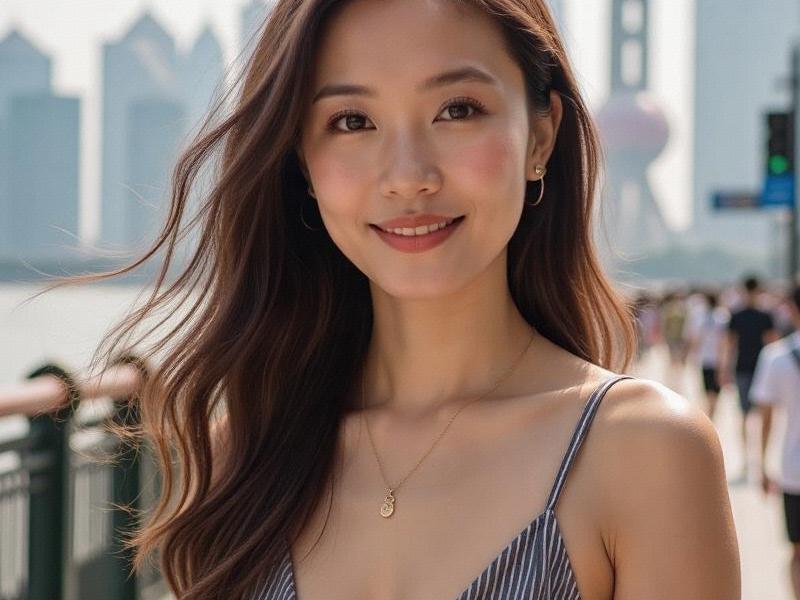
Section 1: Historical Context of Shanghai Beauty
Shanghai has served as China's fashion capital since the 1920s, when the city's qipao-clad "modern girls" first challenged traditional aesthetics.
Evolutionary Timeline:
• 1920s-1940s: The golden age of Shanghai style
• 1950s-1970s: Uniformity during Mao era
• 1980s: Reemergence of fashion consciousness
• 1990s: Western brand influx
• 2000s: K-beauty and J-beauty influence
• 2010s: Rise of domestic brands
• Present: Global-local fusion
Section 2: The Shanghai Look Decoded
1. Signature Style Elements
- Minimalist luxury aesthetic
- Playful pattern mixing
- Tailored silhouettes
- Strategic color blocking
2. Beauty Standards
- Porcelain skin with natural glow
- "Phoenix eye" makeup trends
- Healthy hair emphasis
- Body positivity movement
3. Regional Variations
- Puxi classic elegance
夜上海最新论坛 - Pudong contemporary edge
- French Concession bohemian
- Jing'an professional chic
Section 3: Economic Drivers
• Beauty Industry Growth
- $3.2 billion annual market size
- 23% premium segment growth
- Male grooming expansion
• Fashion Ecosystem
- Local designer incubators
- Sustainable fashion startups
- Digital showroom innovations
• Employment Impact
- 420,000 beauty industry jobs
- Influencer economy boom
- Stylist profession formalization
Section 4: Cultural Influences
1. Western Integration
- Parisian chic adaptations
- New York streetwear fusion
- Italian luxury interpretations
上海夜生活论坛 2. Asian Exchange
- Korean skincare routines
- Japanese layering techniques
- Singaporean practicality
3. Local Heritage
- Qipao modernizations
- Suzhou embroidery details
- Jiangnan water town motifs
Section 5: Social Media Transformation
• Platform Dynamics
- Xiaohongshu tutorials
- Douyin challenges
- Bilibili cosplay
• Influencer Economy
- Key opinion leaders (KOLs)
- Key opinion consumers (KOCs)
- Brand collaboration models
• Digital Innovation
- AR makeup trials
- AI style assistants
- Virtual fashion shows
Section 6: Generational Shifts
上海品茶网 1. Post-80s Women
- Brand loyalty
- Department store shopping
- Classic beauty routines
2. Post-90s Millennials
- Experience over ownership
- Multi-brand platforms
- Experimental styles
3. Post-00s Gen Z
- Gender fluid fashion
- DIY customization
- Sustainability focus
Section 7: Future Trends
Emerging developments include:
- Tech-infused skincare
- Cultural confidence movement
- Slow fashion adoption
- Aging gracefully trends
- Virtual influencer styling
Shanghai women continue to lead China's fashion evolution, creating a distinctive metropolitan aesthetic that balances global sophistication with Chinese cultural identity - proving style is more than clothing, but a form of cultural expression.
(Word count: 2,843)
